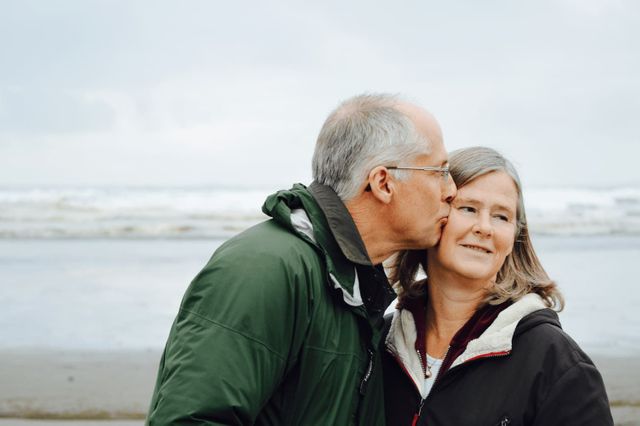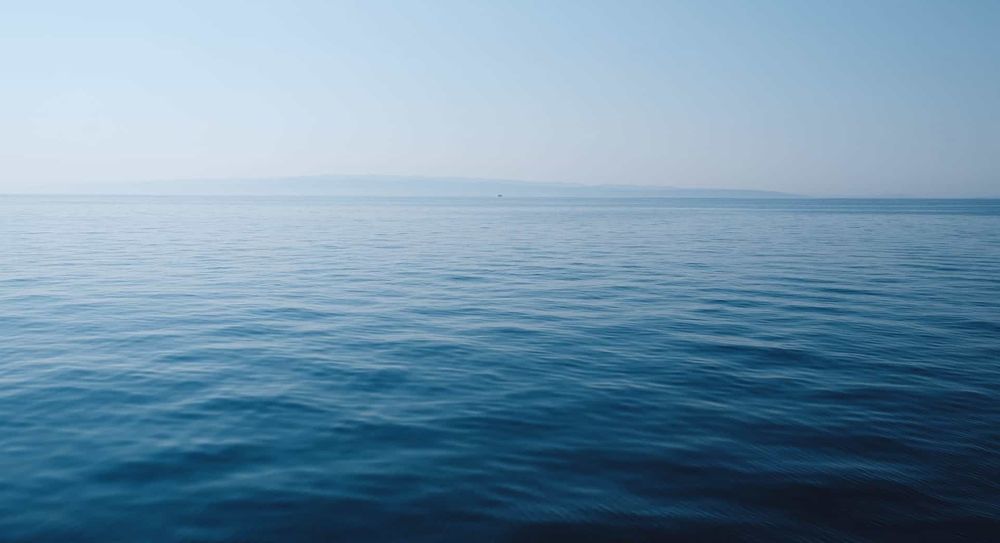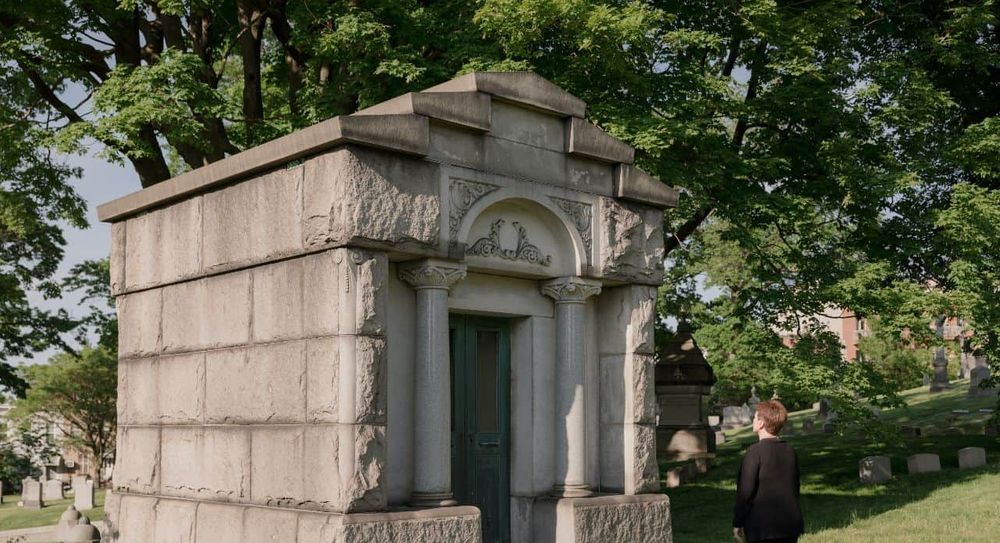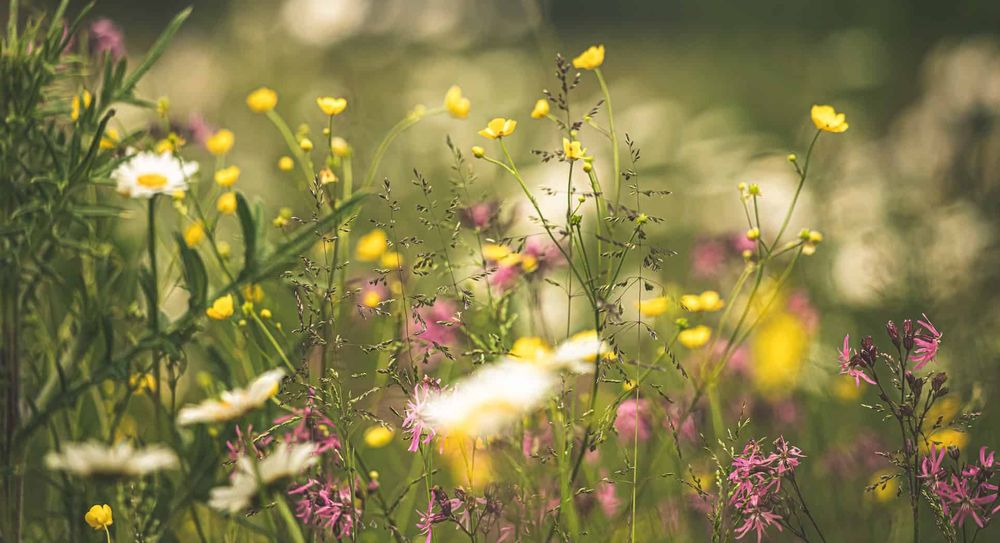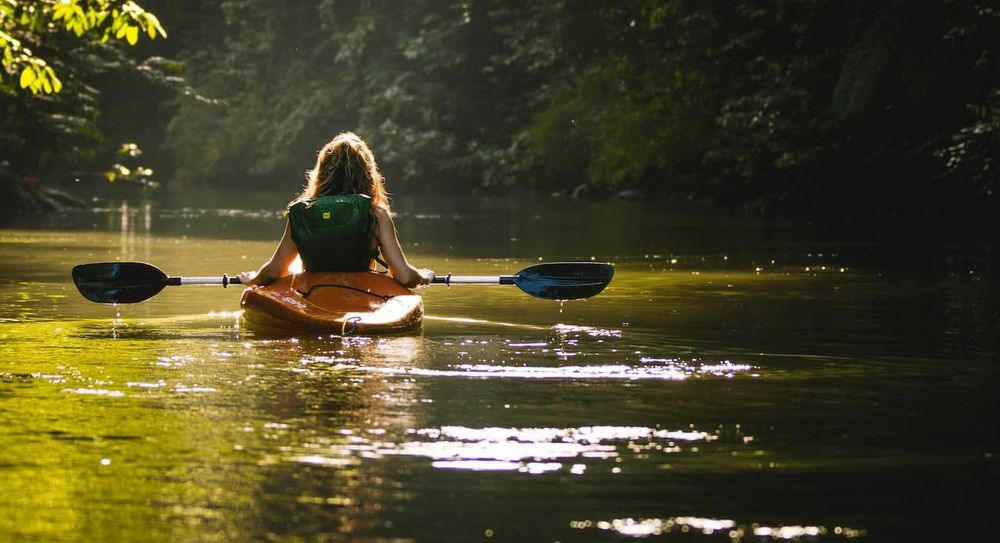Recent research (SunLife Report 2023) shows 68% of funeral directors have seen a drop in the number of traditional funerals taking place. More and more people are looking for different ways to remember their loved ones and looking for alternatives to traditional burial too.
But what are the options? We’ll take you through some alternative burial options below so you can see which is suitable for the funeral you’re planning.
Alternative burial options
Burial at sea
Anyone can be buried at sea. You don’t have to have worked in the Navy. But sea burials are difficult to organise because they’re regulated very carefully. You’ll need permission from a doctor and the coroner. And you’ll also need to apply for a licence from the Marine Management Organisation.
Before you apply there’s more paperwork to gather. You’ll need:
- The death certificate
- A certificate to show freedom from fever and infection
- A certificate of disposal
- A notice to the coroner to take the body out of England
It’s also important that you choose a suitable coffin . A funeral director who specialises in burials at sea should be able to help you with this. They’ll know that the coffin needs to be made from particular materials and weighed down properly so that it doesn’t break on the sea floor. The coffin must not contain any toxic materials. And it should be biodegradable so that it eventually breaks down in the water. The government has rules on coffins for burials at sea so that everything is done safely. You’ll also need to keep in mind that sea burials can only take place in a few locations in the UK.
There’s a lot of organisation that goes into a burial at sea. But it’s not impossible. If it’s an important part of a loved one’s final wishes read our guide to organising a burial at sea for more info.
Natural burial
A greener alternative to a traditional burial is a natural burial. This is similar to a traditional burial but it reduces the environmental impact. Typically traditional burials can harm the environment. Chemicals used for embalming can be left behind in the soil along with metal fixings used on traditional coffins. And traditional coffins take decades to break down. But with a natural burial the aim is to be as environmentally friendly as possible.
What makes a natural burial eco-friendly?
- A 100% biodegradable coffin or shroud is used so that nothing is left behind in the soil.
- No permanent grave markers are used so the natural habitats in the area are left undisturbed.
- This alternative burial option will take place in a privately-owned green space where the native plants and wildlife are looked after.
- Sometimes a tree is planted in memory of the person who has passed away.
More and more people are considering a natural burial across the UK. It’s an alternative burial option that could make remembering someone more personal and unique to them. Read our guide to natural burials to find out more.
Woodland burial
A woodland burial is a type of natural burial. This type of burial might appeal to someone who loved nature and getting outside. Some natural burial grounds have woodland areas where burials can take place alongside other sites like wildflower meadows for example. The same rules for natural burials apply in woodland burial sites too. The site owners will take care of the area and make sure that any plants or wildlife are left alone so they can thrive.
Home burial
If you have the space it’s possible to have a burial on private land. Home burials are legal in the UK. But there are some rules to follow. Here’s what you’ll need to consider before organising a home burial:
- You should own the land where the burial takes place otherwise you’ll need written permission from the owner.
- You’ll need to check the deeds of the property to see if there’s anything in writing that could stop you from having the burial at home. You’ll also need to get the grave added to the deeds so you may need help from a solicitor.
- The death will still need to be registered. But the green form you get from the registrar will need to be returned within 96 hours.
- You’ll need to write down the details of the burial in a burial register. Include the details of the person who passed away and the date of the burial along with the location of the grave.
- There are strict rules on where you should bury someone on private ground. For example, you shouldn’t bury someone within 30 metres of a spring or body of water. You can contact the environment agency for details on where to make the grave.
A home burial could be a personalised way of saying goodbye to someone. But it can be a complicated process. Make sure you get help from experts so that you can remember the person in the way you’d like.
Burial in a mausoleum
Another alternative burial idea to consider is a burial above ground in a mausoleum. Many people think that this type of burial is old fashioned and not carried out anymore. But as cemetery space is limited this type of burial could become more popular. And if a traditional ground burial just doesn’t feel right then organising a mausoleum may be a better option.
Here are a few things you’ll need to know before deciding if a mausoleum is the right choice:
- You can have a private mausoleum where one or more family members can be buried. Or you can choose a community one where you usually pay for a chamber.
- Instead of paying for a burial plot you’ll pay for the exclusive right of burial. That means that you have the right to keep the person who died in the mausoleum for decades. Some cemeteries will offer up to 100 years.
- Keep in mind that some cemeteries will have chambers ready for use but some will need to be built. This can take a lot of time to arrange.
- You’ll still need to think about a casket. Your funeral director will be able to show you what type of caskets are appropriate for mausoleums. They may need to be made from metal and specially lined depending on the rules that the cemetery sets out for their mausoleums.
We hope we’ve given you some ideas about alternatives to traditional burials that will be suitable for you or a funeral you’re planning. Remember to get advice from experts wherever possible. You can find help near you with our funeral director finder.
Photo by Esther Ann on Unsplash.

